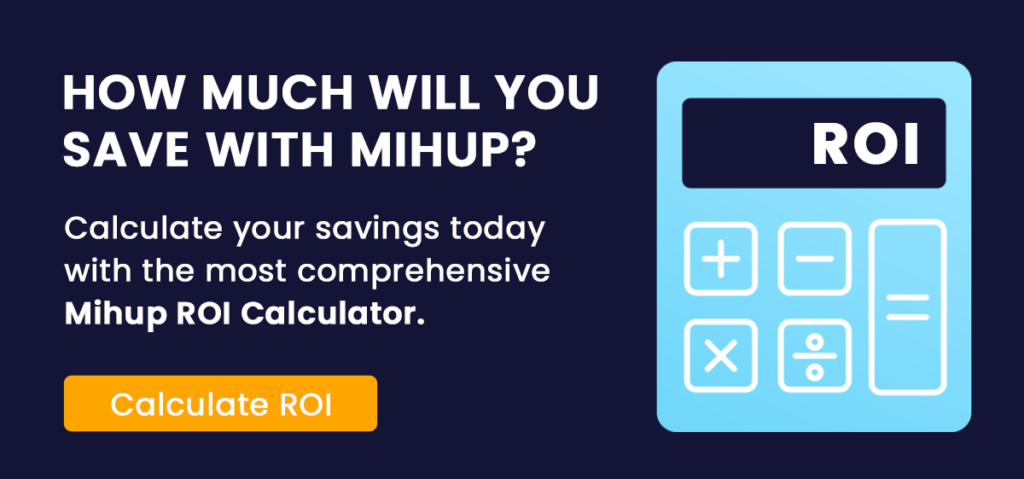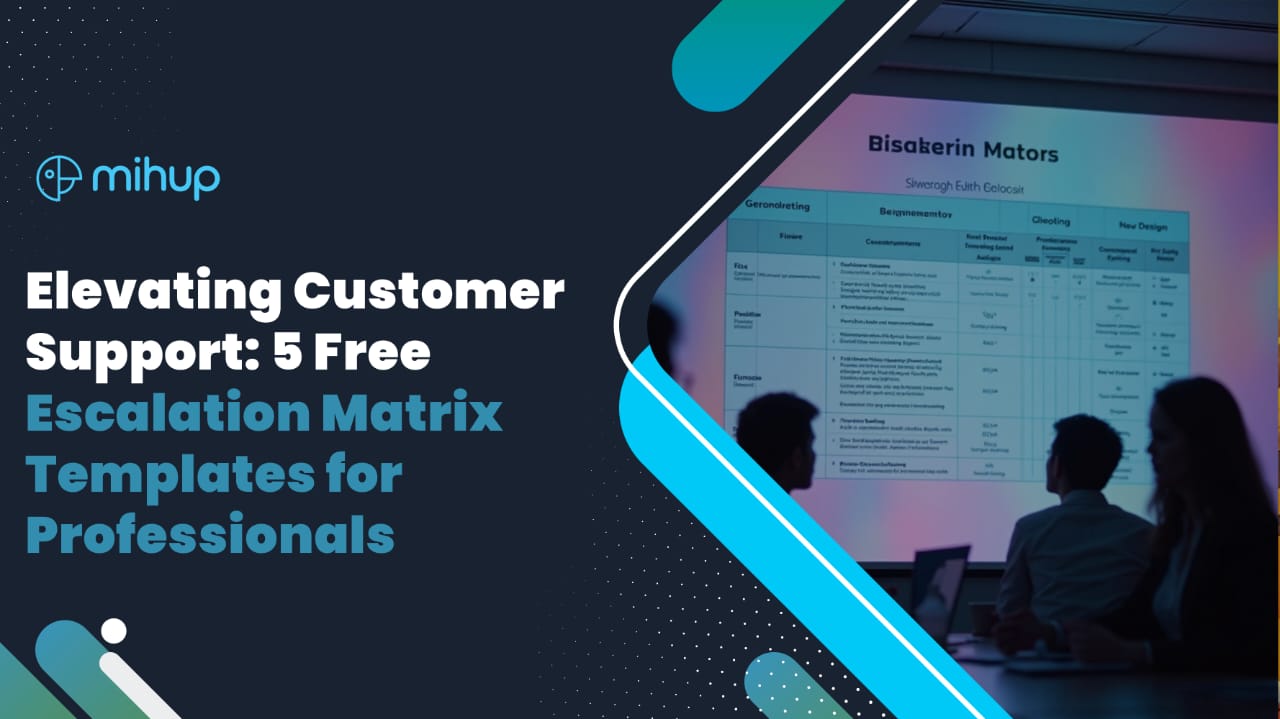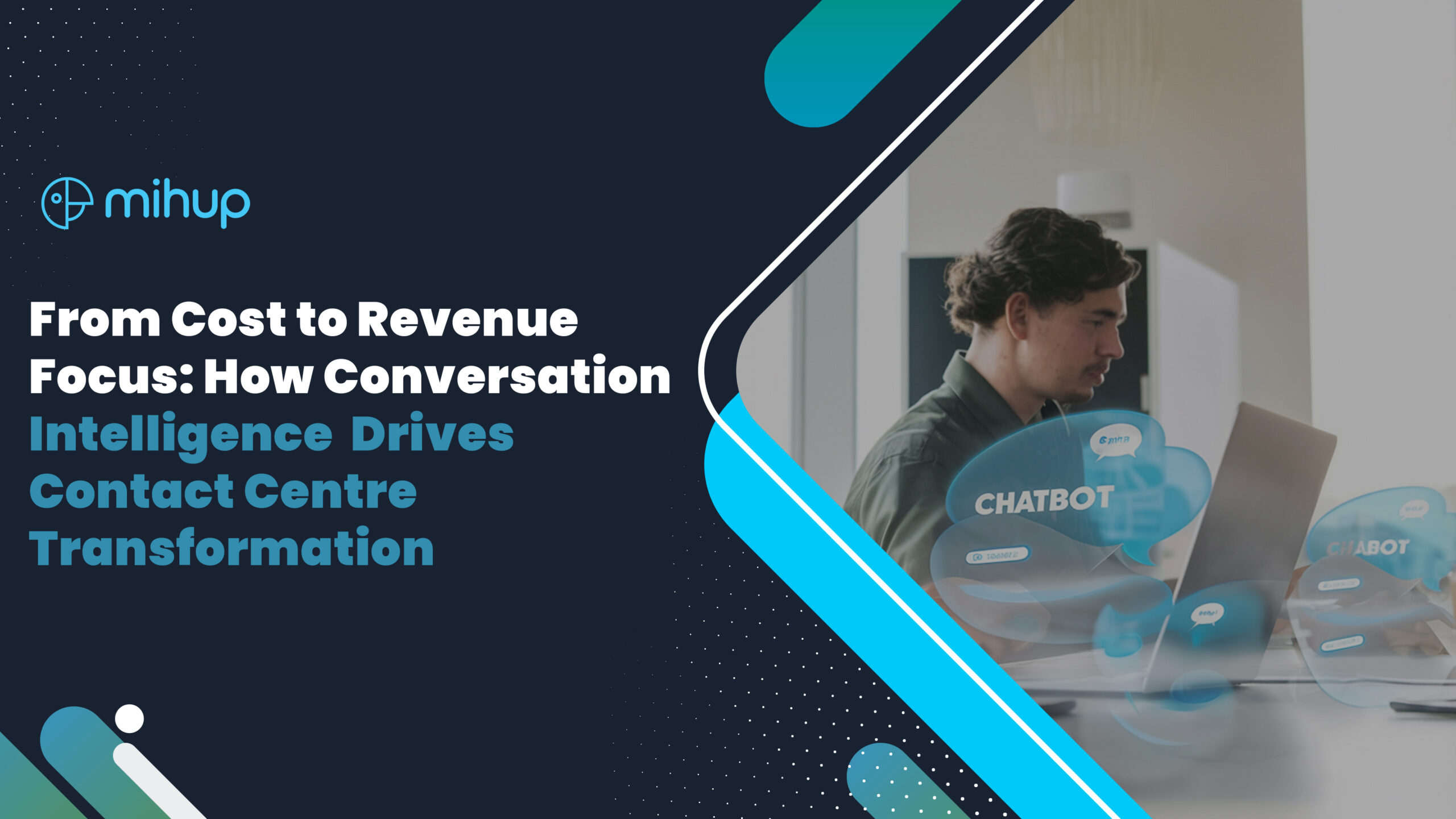In an age where data is king and customer satisfaction reigns supreme, businesses are continually searching for innovative ways to gain insights into their operations, enhance customer experiences, and improve their overall performance. One such innovation that has gained significant traction in recent years is speech analytics. This powerful tool has revolutionized the way organizations understand and leverage spoken interactions with customers. Let’s delve deeper into the world of speech analytics, exploring what it is, how it works, its myriad applications, and the benefits it brings to call monitoring.
What Is Speech Analytics?
At its core, speech analytics is the process of analyzing spoken language and extracting valuable insights from it. It’s a technology-driven approach that utilizes advanced algorithms and machine learning techniques to transcribe, interpret, and categorize audio data. While text-based analytics have been around for quite some time, speech analytics takes things to the next level by focusing on the vast amount of untapped information contained within voice recordings.
Speech analytics can handle a variety of spoken interactions, including customer service calls, sales calls, support inquiries, and more. It involves converting the spoken word into text, which can then be analyzed for patterns, sentiments, keywords, and other valuable information. This analysis can provide organizations with a treasure trove of actionable data that can be used to make informed decisions and optimize various aspects of their operations.
How Does Speech Analytics Work?
Understanding how speech analytics works requires a closer look at its underlying technology and processes:
a) Speech Recognition:
The first step in speech analytics involves converting audio recordings into written transcripts through speech recognition technology. This technology uses complex algorithms to identify and transcribe spoken words accurately.
b) Natural Language Processing (NLP):
Once the spoken words are converted into text, natural language processing comes into play. NLP algorithms dissect the text to identify key phrases, sentiments, and context within the conversation. This step allows organizations to understand the meaning behind the words and identify trends or anomalies.
c) Categorization and Tagging:
In this stage, speech analytics software categorizes and tags different parts of the conversation. This categorization can include identifying keywords, phrases, and emotional tones. It can also categorize calls based on predefined criteria, such as customer complaints, sales inquiries, or service issues.
d) Insights Generation:
After categorization, the software generates insights and actionable data. Organizations can use these insights to track trends, identify areas for improvement, and even predict customer behavior. For example, businesses can discover recurring issues that lead to customer dissatisfaction and take steps to address them proactively.
Where Can We Use Speech Analytics?
Speech analytics has a wide range of applications across various industries and departments. Here are some of the key areas where speech analytics can be leveraged:
a) Customer Service and Support
- Monitoring and Improving Quality: Speech analytics allows organizations to systematically monitor and enhance the quality of customer-agent interactions. It identifies best practices and highlights areas where agents may need additional training or coaching.
- Training and Development: Speech analytics enables data-driven training programs, helping agents continuously improve. It provides objective feedback, measures training effectiveness, and fosters a culture of ongoing learning among customer service teams.
- Adjusting Support Strategies: By analyzing customer feedback and sentiment, speech analytics helps organizations adapt their support strategies. It promotes proactive issue resolution, optimizes resource allocation, and enhances the overall customer service experience, resulting in higher satisfaction and loyalty.
b) Sales and Marketing
- Understanding Customer Behavior: Speech analytics provides valuable insights into customer behavior during sales interactions. It allows organizations to analyze customer responses, objections, and buying signals during calls. For instance, it can detect when customers express interest, ask for more information, or indicate hesitation.
- Pinpointing Sales Success Factors: By analyzing a large dataset of sales calls, speech analytics can pinpoint the specific techniques and approaches that lead to successful sales outcomes. For instance, it may reveal that a certain type of questioning or objection handling tends to result in higher conversion rates.
- Optimizing Sales Scripts: Armed with data-driven insights, sales teams can refine their sales scripts and approaches. They can incorporate proven techniques and eliminate ineffective ones, resulting in more persuasive and customer-centric sales conversations.
- Market Segmentation: By categorizing customer preferences and behaviors, speech analytics helps in market segmentation. This segmentation enables businesses to tailor their marketing campaigns to different customer segments effectively. For instance, if a telecom company identifies that some customers prioritize high-speed internet while others prioritize affordability, it can create targeted marketing messages for each group.
- Personalized Marketing: Leveraging the insights gained from speech analytics, businesses can create personalized marketing content. This content can align with customer preferences and highlight the features or benefits that matter most to specific customer segments. Personalization enhances the relevance of marketing campaigns, increasing their effectiveness.
- Competitor Analysis: Beyond analyzing customer interactions, speech analytics can monitor competitor mentions and comparisons within sales and marketing conversations. This competitive intelligence helps businesses understand how they stack up against rivals and identify opportunities for differentiation.
Speech analytics empowers sales and marketing teams with data-driven insights. It helps identify successful sales techniques, understand customer preferences, and refine marketing strategies. By optimizing sales approaches and creating personalized marketing content, organizations can enhance customer engagement, boost conversion rates, and ultimately achieve better sales and marketing results in a highly competitive market landscape.
c) Compliance and Risk Management:
In numerous industries, stringent regulations and compliance requirements are paramount, often shaping the way organizations operate and interact with customers. In this context, speech analytics emerges as a powerful tool that aids businesses in meeting regulatory standards and curbing fraudulent activities.
Firstly, speech analytics plays a pivotal role in ensuring that customer interactions adhere to compliance protocols. By meticulously analyzing audio data from these interactions, organizations can verify whether agents are following prescribed procedures and legal guidelines. This includes confirming that agents are disclosing essential information, obtaining necessary consent, and adhering to industry-specific regulations. Any deviations or breaches can be promptly identified and addressed, reducing the risk of non-compliance penalties and legal ramifications.
Moreover, speech analytics serves as a vigilant guardian against fraudulent activities. By scrutinizing conversational patterns and keywords, it can raise red flags for potentially fraudulent behavior, such as identity theft, scams, or deceptive practices. When irregularities are detected, organizations can take swift action to investigate and mitigate the risks, protecting both themselves and their customers.
Speech analytics acts as a proactive safeguard, not only ensuring that organizations remain compliant with regulations but also actively deterring and combating fraudulent activities. It brings a level of scrutiny and analysis to customer interactions that is nearly impossible to achieve manually, allowing businesses to navigate complex regulatory landscapes with confidence and maintain the trust of their clientele.
d) Product and Service Improvement:
Analyzing customer feedback and complaints is a fundamental practice for businesses seeking to enhance their products and services continually. Through this process, organizations gain invaluable insights into areas that require improvement, ultimately resulting in higher levels of customer satisfaction and loyalty.
Customer feedback is akin to a treasure trove of information, containing unfiltered insights into the real-world experiences of consumers. By systematically examining this feedback, companies can identify recurring issues, pain points, and areas of concern that customers commonly encounter. These insights enable organizations to pinpoint the root causes of problems and prioritize them for resolution.
Addressing these identified issues not only rectifies immediate concerns but also demonstrates a commitment to customer-centricity. It conveys to customers that their opinions are valued and that the company is proactive in addressing their needs. This proactive approach fosters trust and loyalty, as customers are more likely to continue doing business with a company that listens to their feedback and acts upon it.
Furthermore, the continuous improvement driven by customer feedback creates a positive feedback loop. As products and services evolve to better meet customer expectations, satisfaction levels rise, and customers are more inclined to remain loyal and engage in repeat business. Thus, the process of analyzing customer feedback becomes not just a means of addressing problems but a cornerstone of business growth and customer retention.
e) Market Research:
Speech analytics serves as a rich data source for market research, offering an extensive and unfiltered dataset from customer interactions. This dataset provides valuable market insights, free from the limitations and biases often associated with traditional research methods. By analyzing customer conversations, businesses can swiftly identify emerging market trends. This real-time trend detection enables companies to adapt their strategies and offerings to capitalize on emerging opportunities, gaining a competitive edge.
Speech analytics goes beyond customer feedback and includes competitor analysis. Monitoring competitor mentions within customer conversations provides competitive intelligence, helping businesses understand their market positioning and areas for improvement.
Geographic and demographic insights derived from speech analytics inform targeted marketing and product adaptation. Understanding regional preferences and variations in market trends allows businesses to tailor their approaches effectively.
Customer feedback often serves as a source of inspiration for product innovation. By listening to customer inquiries and concerns, businesses can generate ideas for new features or services that align with market demands, fostering innovation and meeting customer needs more effectively. Segmentation of the customer base based on feedback and preferences enables personalized marketing campaigns and product recommendations, enhancing customer engagement and satisfaction.
Moreover, speech analytics proactively serves as a tool for risk mitigation. It helps identify potential issues and challenges in the market, such as early signs of customer dissatisfaction, allowing businesses to take prompt corrective action to prevent reputational damage and customer attrition.
4) How Is Speech Analytics Beneficial For Call Monitoring?
Call monitoring is an essential aspect of any customer-centric organization. It allows businesses to ensure that their agents are providing a consistent and high-quality customer experience. Speech analytics enhances call monitoring in several ways:
a) Quality Assurance
Speech analytics enables organizations to assess the quality of customer interactions more objectively. By analyzing conversations, businesses can identify areas where agents excel and areas where they need improvement. This data-driven approach ensures that customer service standards are consistently met.
b) Compliance Monitoring
For industries with strict compliance regulations, speech analytics provides an automated and systematic way to monitor agent adherence to compliance guidelines. It can flag calls that potentially violate regulations, allowing for swift corrective action.
c) Trend Identification
Speech analytics helps call monitoring teams to identify emerging trends or issues in real time. By analyzing a large volume of calls, organizations can quickly spot patterns related to customer complaints or concerns. This proactive approach allows businesses to address issues before they escalate.
d) Training and Coaching
Using speech analytics, organizations can create targeted training and coaching programs for their agents. By pinpointing areas where agents may be struggling or where improvement is needed, call monitoring teams can provide tailored support to enhance agent performance.
e) Customer Feedback Analysis
Call monitoring is not just about agent performance; it’s also about understanding customer sentiment and feedback. Speech analytics helps in categorizing and analyzing customer feedback more comprehensively, providing insights that can guide improvements in products, services, and processes.
Speech analytics is a powerful tool that has the potential to transform the way businesses operate and engage with their customers. By harnessing the insights hidden within voice recordings, organizations can enhance customer experiences, improve agent performance, ensure compliance, and make data-driven decisions that drive business growth. As technology continues to advance, the role of speech analytics in shaping the future of customer interactions and call monitoring is only set to grow. It’s a technology that empowers organizations to truly listen to their customers and adapt to their ever-changing needs.





